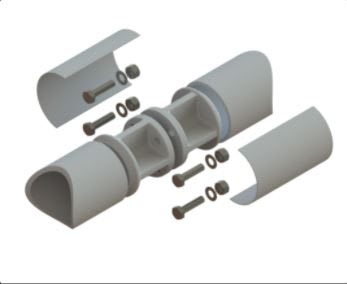OnePowers
Civil/Environmental
- May 22, 2021
- 26
SALUTES TO ALL OF YOU ENGINEERS!!
I HAVE A QUESTION FOR YOU, AND WOULD APPRECIATE A LOT YUR HELP:
WHAT DO YOU RECOMMEND TO ME TO JOIN HSS ROUND COLUMNS: END PLATE SPLICE (AS SHOW THE PICTURE ATTACHED) OR FULL PENETRATION WELD?
ANOTHER THING, I DONT FIND AN EXAMPLE WHERE SPLICE TO BE DESIGN WITH AXIAL LOAD AND MOMENT TOGETHER, ONLY AXIAL LOAD. IF ANYONE HAS ONE, I WOULD APPRECIATE A LOT.
THANKS AND EXCUSES FOR MY ENGLISH.

I HAVE A QUESTION FOR YOU, AND WOULD APPRECIATE A LOT YUR HELP:
WHAT DO YOU RECOMMEND TO ME TO JOIN HSS ROUND COLUMNS: END PLATE SPLICE (AS SHOW THE PICTURE ATTACHED) OR FULL PENETRATION WELD?
ANOTHER THING, I DONT FIND AN EXAMPLE WHERE SPLICE TO BE DESIGN WITH AXIAL LOAD AND MOMENT TOGETHER, ONLY AXIAL LOAD. IF ANYONE HAS ONE, I WOULD APPRECIATE A LOT.
THANKS AND EXCUSES FOR MY ENGLISH.


